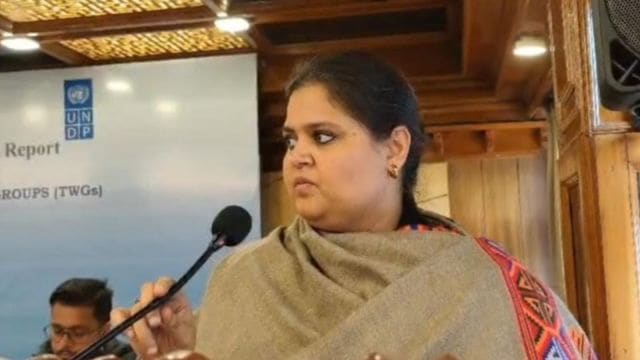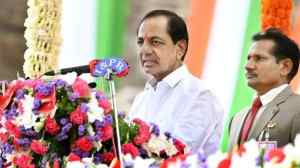‘Climate change critical aspect of human development sector. Very progressive move by Himachal Pradesh’: says Amee Misra
Himachal Pradesh is likely to be first in India to include climate change index in UNDP's Human Development Report. Amee Misra, development economist with UNDP, shares the strategy.
 Amee Misra, a development economist with UNDP. (Express Photo)
Amee Misra, a development economist with UNDP. (Express Photo)Himachal Pradesh is likely to become the first state in the country to include climate change as an index in Human Development Report (HDR), being prepared by the United Nations Development Programme (UNDP). In a conversation with The Indian Express, Amee Misra, a development economist with UNDP, shared the strategy as to why working on climate change is the need of the hour. Also, there is Global Climate Facility (GCF) — a fund that helps developing countries address climate change, biodiversity loss and other environmental challenges, she said.
Along with her UNDP team members, Misra said, they have been taking feedback from different government departments that have faced a loss of approximately Rs 46,000 crore in natural disasters such as cloudbursts, landslides, and heavy rainfall among others in the past four years.
Why is Himachal Pradesh the first state in India to work on climate change index in HDR report? What is the purpose of this index?
First, I would like to make it clear that we do not select the state. In fact, Himachal Pradesh had expressed its willingness to go through the climate change index, that is for the first time in India, this crisis will become a subject in the HDR of Himachal Pradesh. It is a very progressive move on part of the state government and the administration. Climate change is a critical aspect of the human development sector. It has impacted the entire world today… UNDP usually makes HDR reports of all the states in the country. Himachal Pradesh is one of the vulnerable states, in view of natural disasters; several recent events show that.
About the purpose of this index, the entire world is discussing climate change. Much has been done on this on the state government’s part, but UNDP has its standards to measure different components of a particular subject’s index. We will analyse information gathered from all the stakeholders and prepare a report, mentioning the conclusion; the rest will depend on the authorities concerned.
What will be your strategy to prepare a report on climate change?
We are discussing with thematic groups belonging to agriculture, horticulture, forest, and health among other departments. After a proper discussion, we will be figure out the districts, but not all of them. Interactions with marginal groups, people having livelihood directly or indirectly impacted by climate change, and NGOs working in this field among others are a must. The state government, which has been working on this, has abundant data — same for a few districts. We have decided to conclude the maximum to maximum people in our report, to be prepared by 2025-end.
Which are the areas to be consulted while preparing the state’s climate change index?
Agriculture, which we have identified primarily for our study, would be the first area. The other sectors include water resource field, tourism, horticulture, health, education, forest and forestry, architecture and construction.
How will you balance feedback from different state government departments and the public?
It will be one of the purposes of the HDR. We have been collecting records i.e. figures, conclusions, and compiled reports among others from several state government wings. We know we will get a different picture on the ground. But honestly, I would like to say that we have so far not come across any feedback wherein a department has mentioned that ‘everything is fine on the ground’. Suggestions by the public are utmost welcome. It is a democratic process.
Will the state get monetary benefits based on the UNDP report?
This report will highlight the challenge areas. One of the chapters will be on climate finance; it will identify opportunities for finances. Whose finance can be leverage. The report will identify sectors wherein private sectors can contribute.












